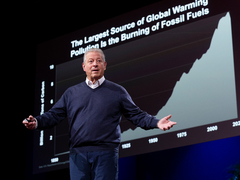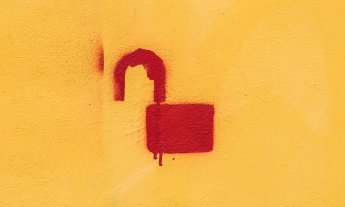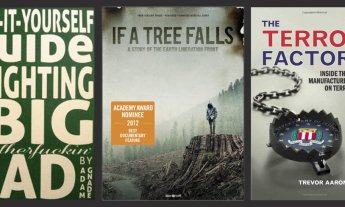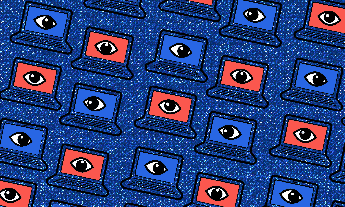
After a misleading tip linked Hasan Elahi to terrorist activities — and an FBI investigation — the artist created a project that lets anyone monitor him. But how much is he really revealing?
I share just about every moment of my life. After an erroneous tip linking me to terrorist activities led to a six-month-long FBI investigation, I decided to create Tracking Transience. It’s a project in self-surveillance that for over a decade now has allowed the FBI — and the public — to monitor me.
Viewers can see exactly where I am and what I’m doing, not to mention all sorts of details such as my telephone calls, my banking records, my flight data, as well as a few more things of a personal nature that I feel I should disclose to the FBI so they can know me a little better. Sequences of time-stamped photos flash by of unmade beds that I recently slept in; there’s a half-eaten burger from a fast food place at an airport, some animal innards in a neatly packed Styrofoam container at a grocery store, an empty truck stop in the middle of the night, and among the now nearly 70,000 other images, every toilet I’ve ever used. After all, the FBI wanted to know everything about me and I’m all about full disclosure.
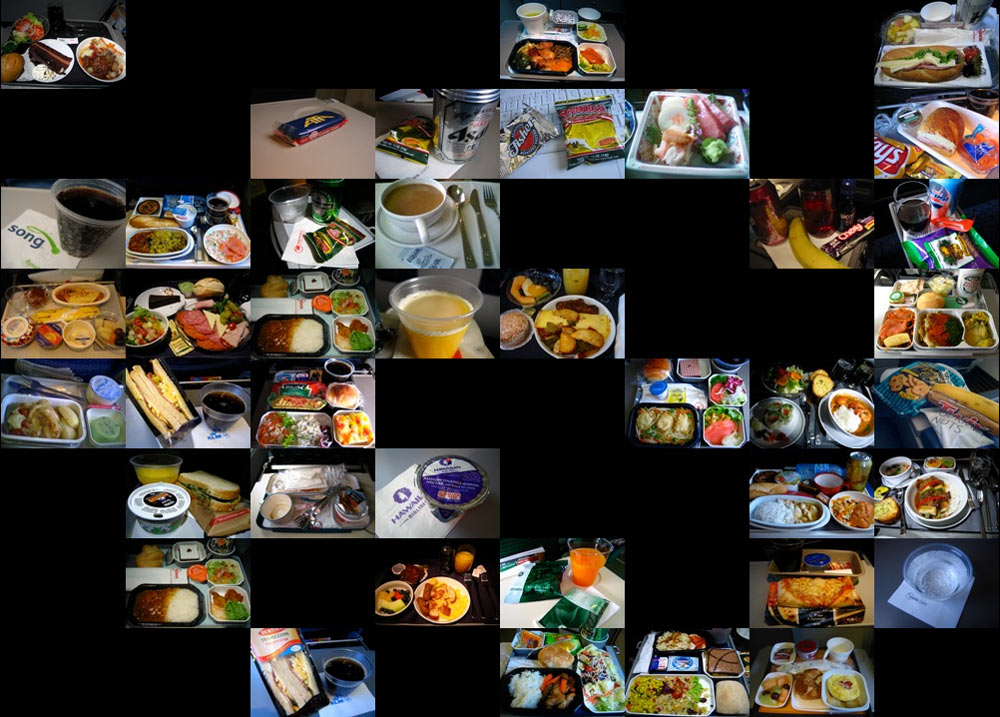
But here’s the truth about this project. While I’m perfectly fine opening up every aspect of my personal life to the public, I’m still aware that I’m only telling one part of the story. I might post pictures of my cat all over my Facebook page, but he would never show up on Tracking Transience. Instead, there are only little clues of his existence, such as a partially visible bag of cat litter. Otherwise, you’d never see him — or anyone else. Most of the images here are of empty, desolate, and at times outright depressing surroundings.
That is not to say that I am never around any people or that I don’t spend any time in festive situations. What the viewer doesn’t see is what’s going on on the other side of the camera — and that’s a very deliberate decision on my part. Even in the most crowded airport, I’ll seek out that one gate where no one is present. Or maybe I’ll show the one lonely potted plant in the corner of a room in the middle of that lively party. It’s a way to require an interpretation of the image and asks the viewer to place it in context. We often take photos of what we feel are important, but what if the photograph still captured the same important event, but turned the lens away from the subject? Is it still a photograph of the event? What if our cameras are automated and captured everything around us?
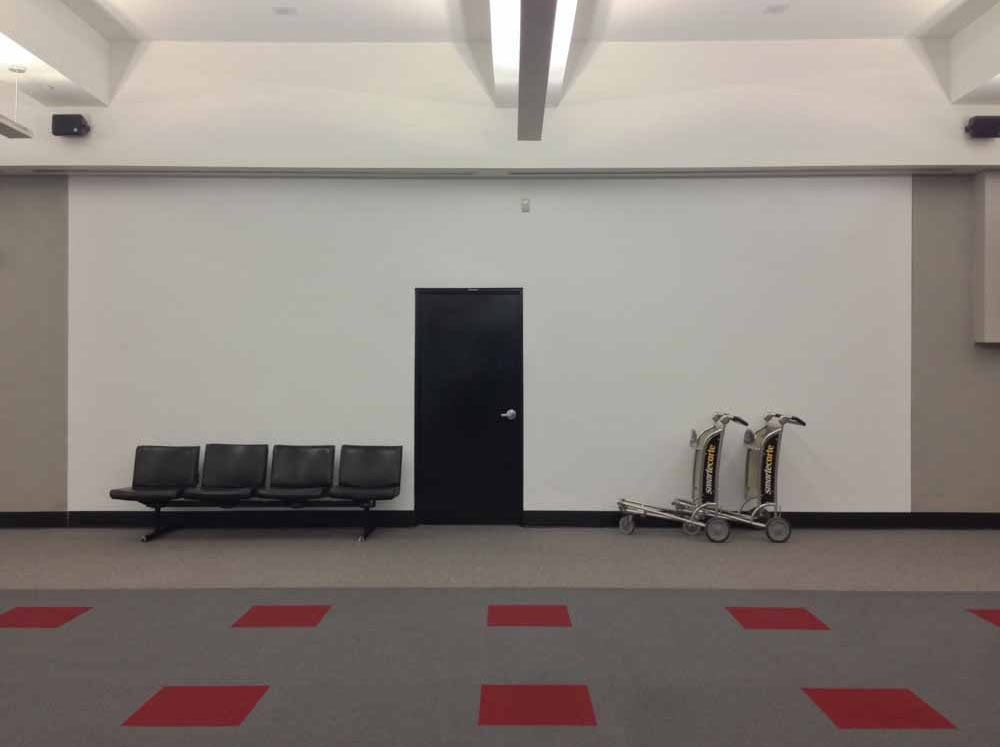
I also choose to share a lot indirectly. If you’re a regular visitor to my site, you may have noticed that the interior of my house looks different: new rugs, new curtains, new furniture, new art on the walls, and even the color of the walls have changed, but it’s not something I specifically draw attention to. While another person might tweet that their significant other just moved in, that isn’t something I’d share directly. I’d rather let people figure that out on their own.
I still stand behind the idea that you protect your privacy by giving it up, but I also acknowledge that even in the years I’ve been tracking myself, our culture and opinions of surveillance have changed. When I first started this project and my friends found out what I was doing, several of them told me not to show up at their house. These days, they hardly even notice their smartphones are tracking them much more accurately than I ever could.
For now, we’re still in a transition between analog and digital, and for as long as we’re in this state of flux, we’ll develop a more sophisticated understanding of the consequences of living under constant surveillance. For now, at least, we still have control over what information we put forth publicly. Being mindful of how we do that feels like a good first step toward retaining control.
[ted id=1258]
Featured artwork by Dawn Kim. Photos from trackingtransience.net courtesy of Hasan Elahi.


